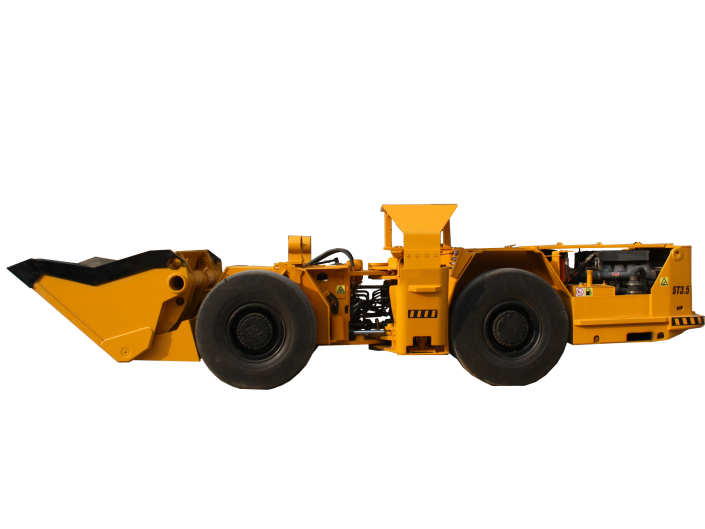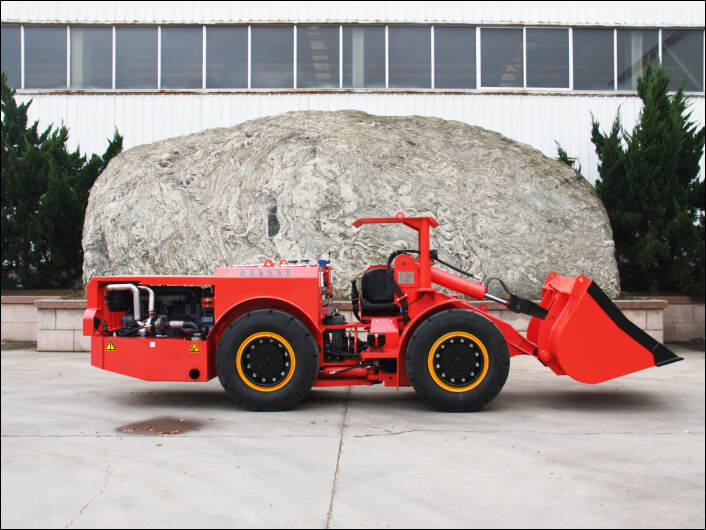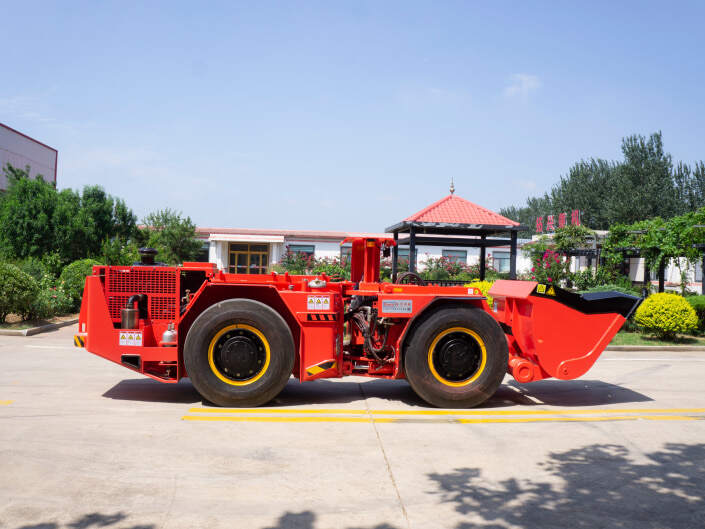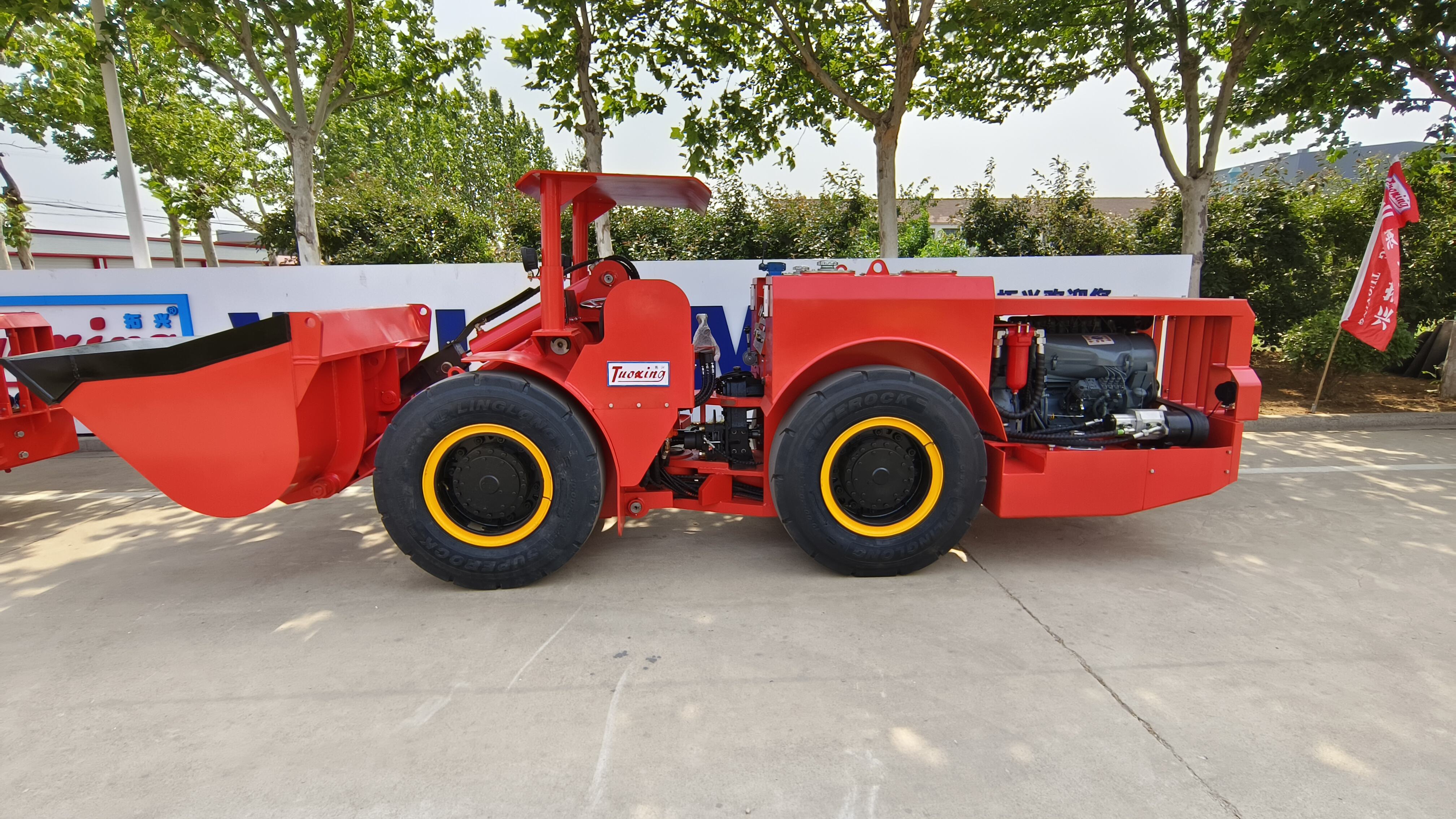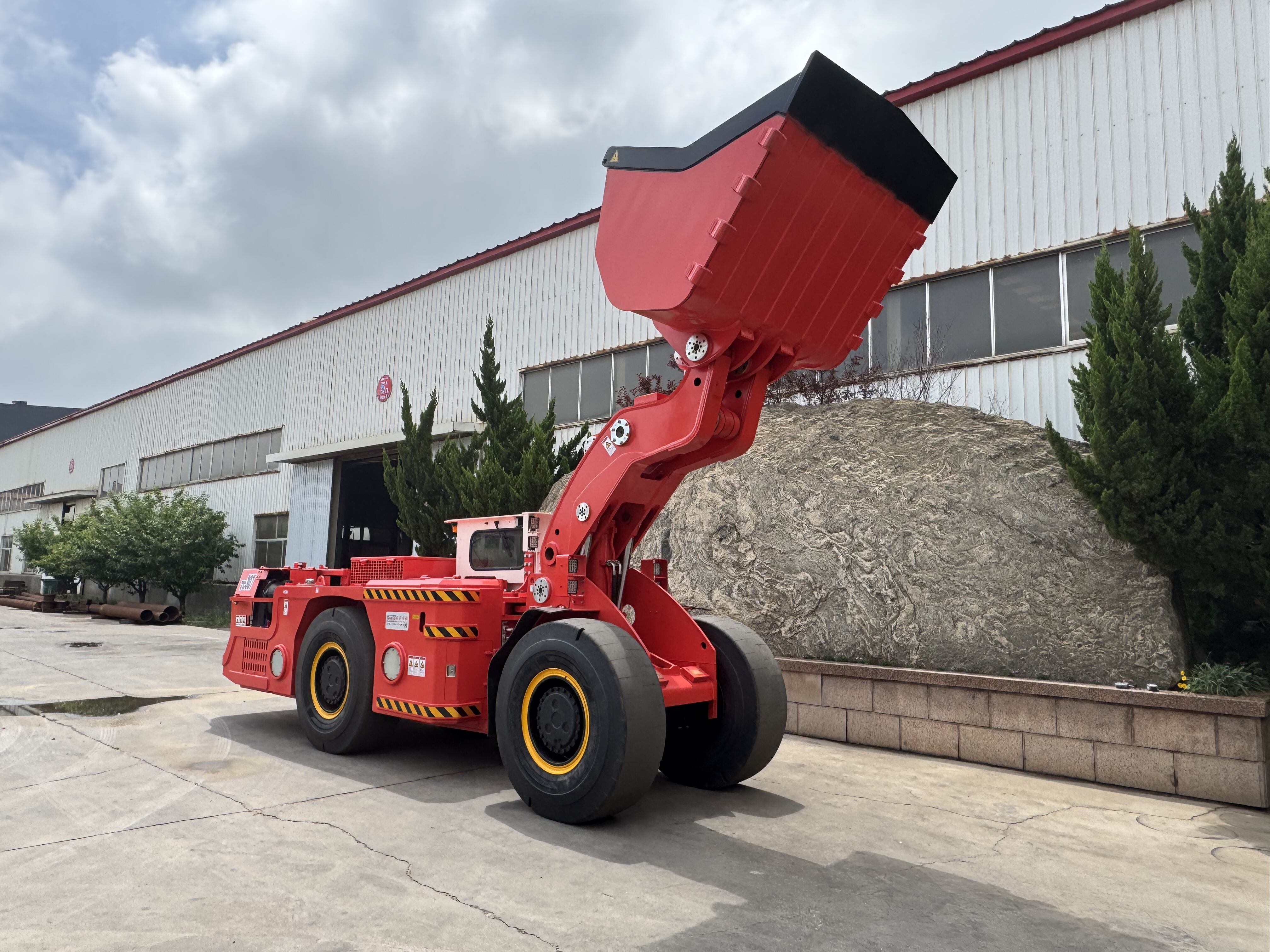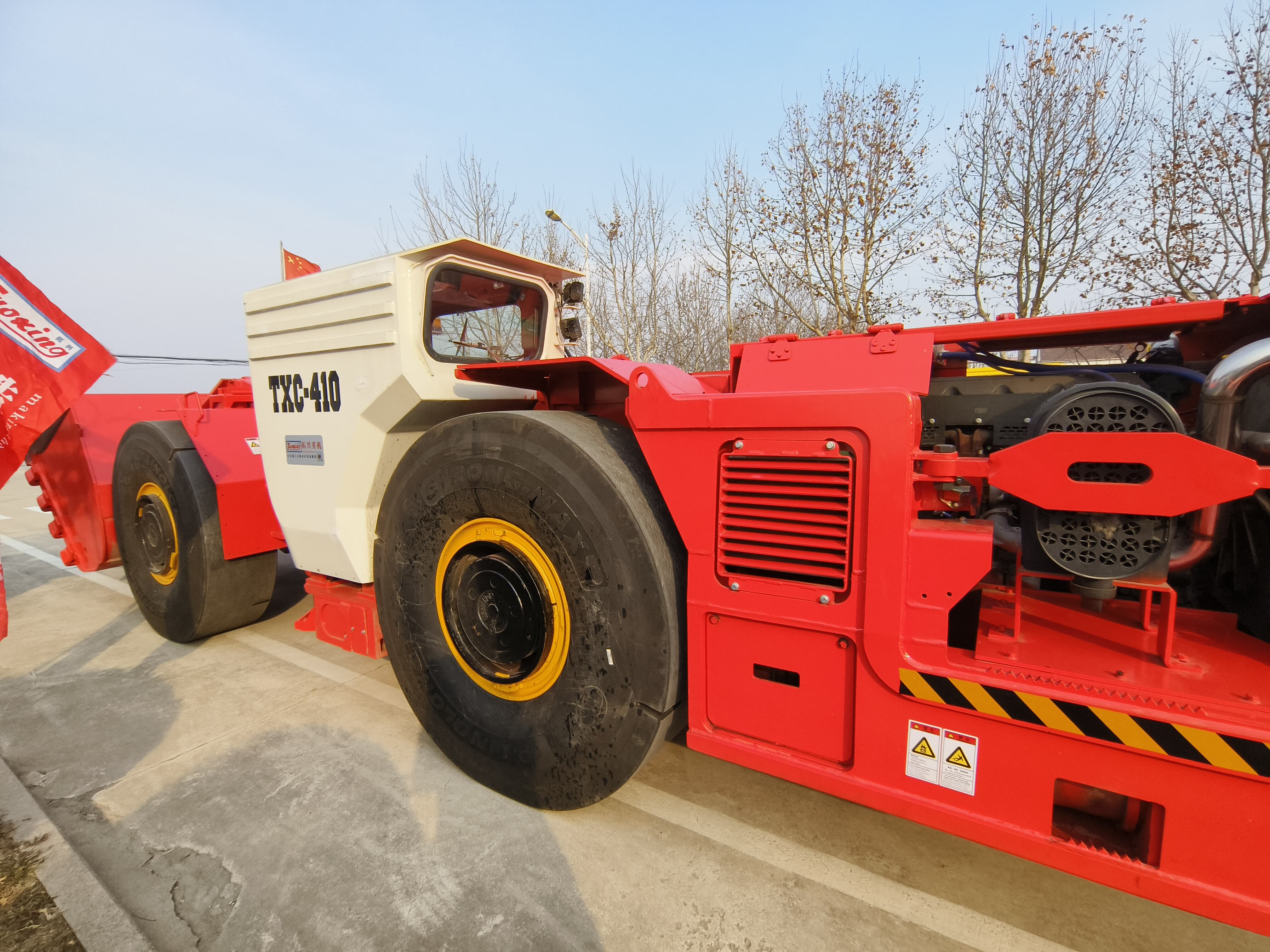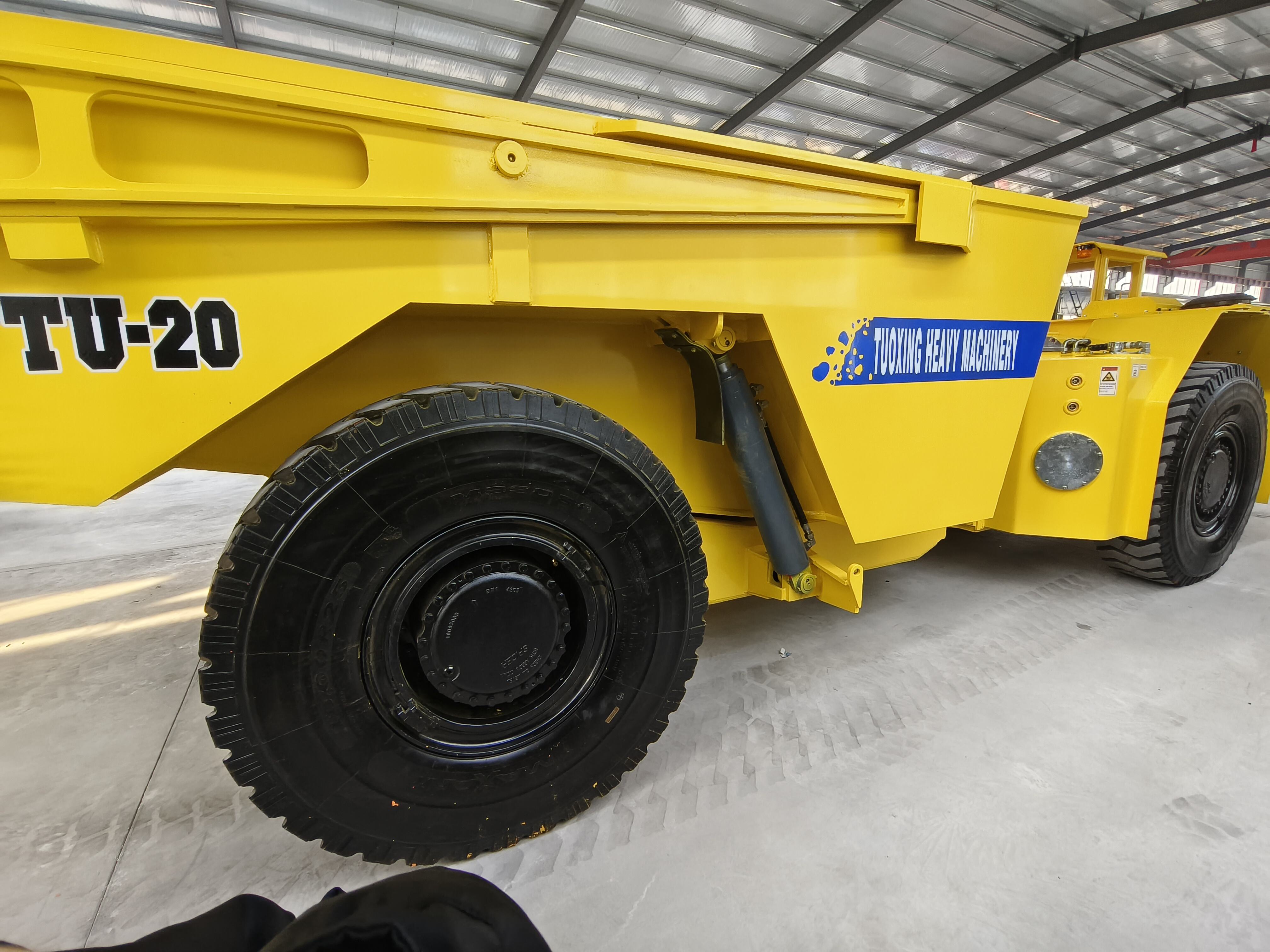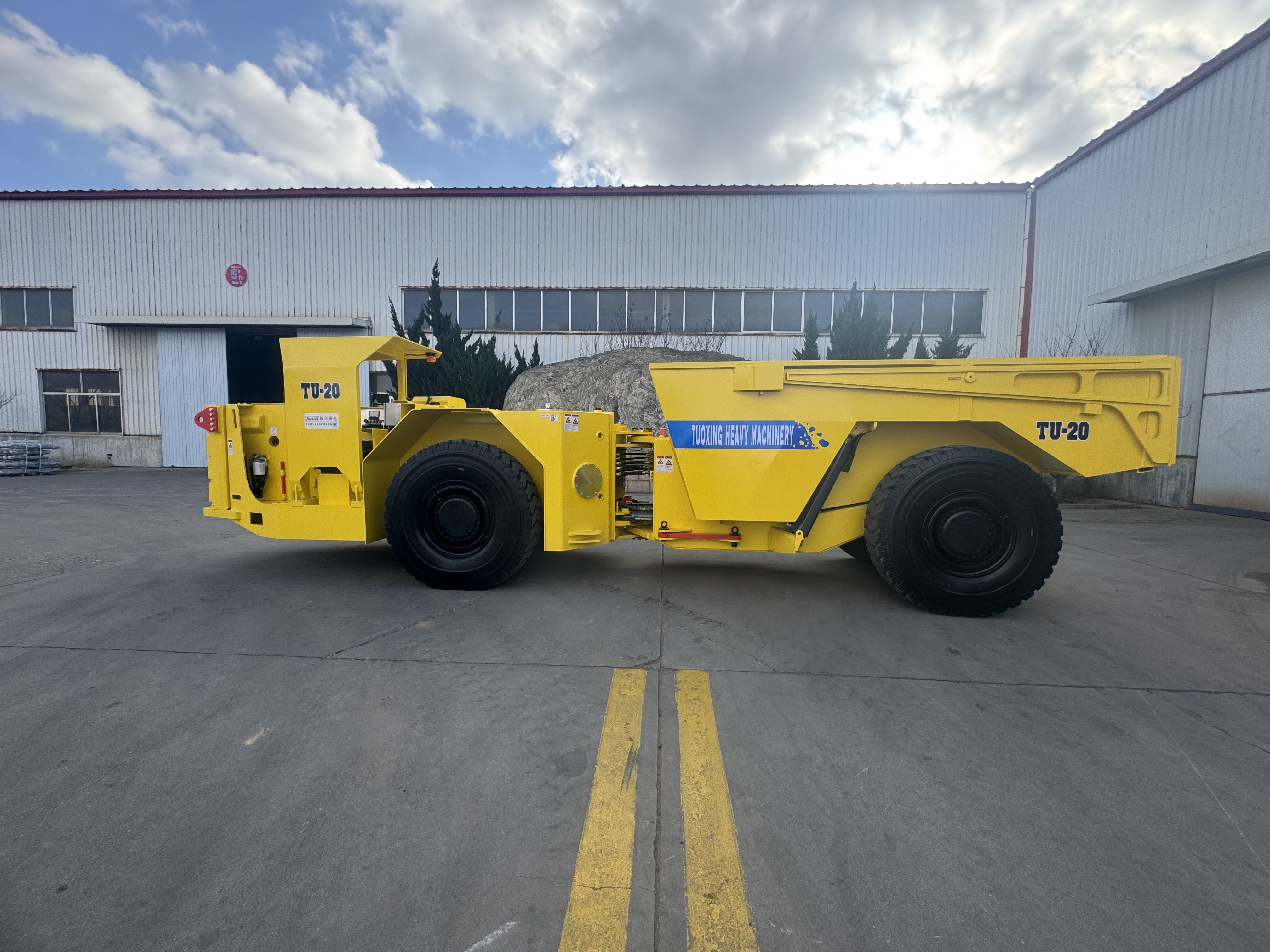deep underground mining
Deep underground mining represents one of the most advanced and challenging forms of resource extraction, involving the excavation of valuable minerals and metals from far beneath the Earth's surface, typically at depths exceeding 1,000 meters. This sophisticated mining method employs cutting-edge technology and specialized equipment to safely access and extract resources from previously unreachable deposits. Modern deep underground mining operations utilize automated systems, remote-controlled machinery, and advanced ventilation networks to ensure both operational efficiency and worker safety. The process typically begins with shaft sinking, followed by the development of multiple levels and tunnels that provide access to the ore body. These operations rely heavily on geological mapping, real-time monitoring systems, and precision drilling techniques to optimize resource extraction while maintaining structural integrity. The method has become increasingly important in meeting global demand for precious metals, rare earth elements, and other valuable minerals, as many near-surface deposits have been depleted. Advanced technologies such as seismic monitoring, automated haulage systems, and sophisticated ground support mechanisms work together to enable safe and efficient mining at extreme depths.

